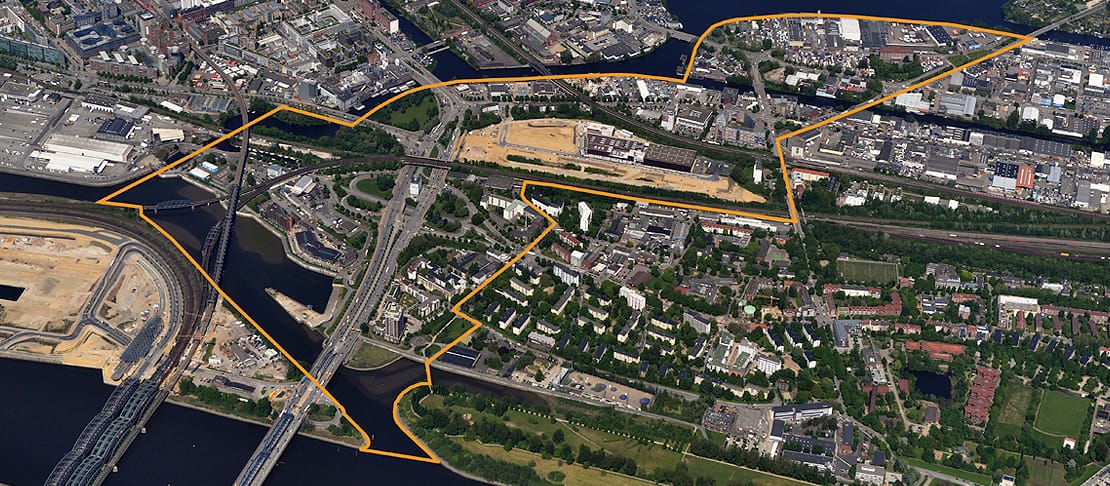
©️ Fotofrizz/BBEG
The Billebogen
Despite being located at the point where Elbbrücken – literally the “bridges over the Elbe” – announces the southern entrance to central Hamburg, Billebogen generally makes little more than a fleeting impression on those that pass through it. Although many only see the urban area in the western section of the district of Rothenburgsort in the borough of Hamburg-Mitte as a place of transit on the route towards the nearby city centre, the new HafenCity district and eastern Hamburg, it is in fact characterised by huge potential and a wealth of pre-existing infrastructure and landmarks. Since 2014 the development of Billebogen has been promoted by Billebogen Entwicklungsgesellschaft mbH & Co. (BBEG), a subsidiary of the municipal firm HafenCity Hamburg GmbH.
Billebogen owes its name to the curves of its banks along the Elbe and the Bille (the third largest of Hamburg’s major rivers). Opportunities for housing developments are limited by the considerable noise generated by arterial roads such as Billhorner Brückenstraße as well as long-distance and goods trains. This nevertheless only serves to make Billebogen even more suitable as a hub for 21st-century commerce and urban production, not least because of its location in a strategically advantageous position between HafenCity to the west and Billbrook – Hamburg’s second-largest industrial zone – to the east. Development objectives for Billebogen focus on innovative, value-adding commercial enterprises as well as research and development, start-ups, maker spaces and creative think tanks. Set against the current backdrop of far-reaching upheaval in the fields of production and logistics, and given its central location, good transport links and suitability for integration into urban networks, Billebogen is ideally suited to the needs of a broad variety of commercial sectors. In addition, the noise barrier created by newly erected office blocks and commercial buildings will make housing a possibility in some areas.
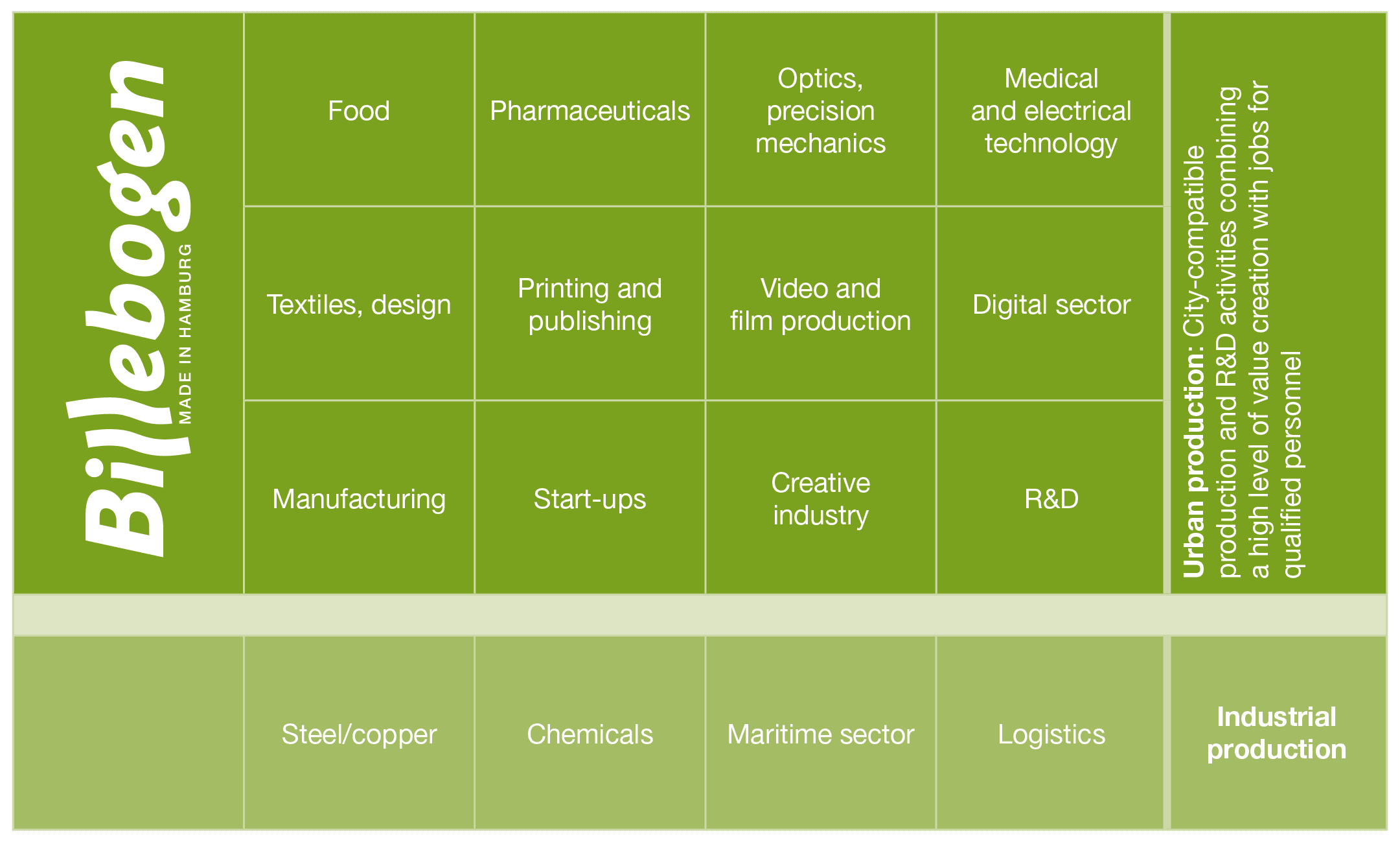
Stadteingang Elbbrücken and Billhafen
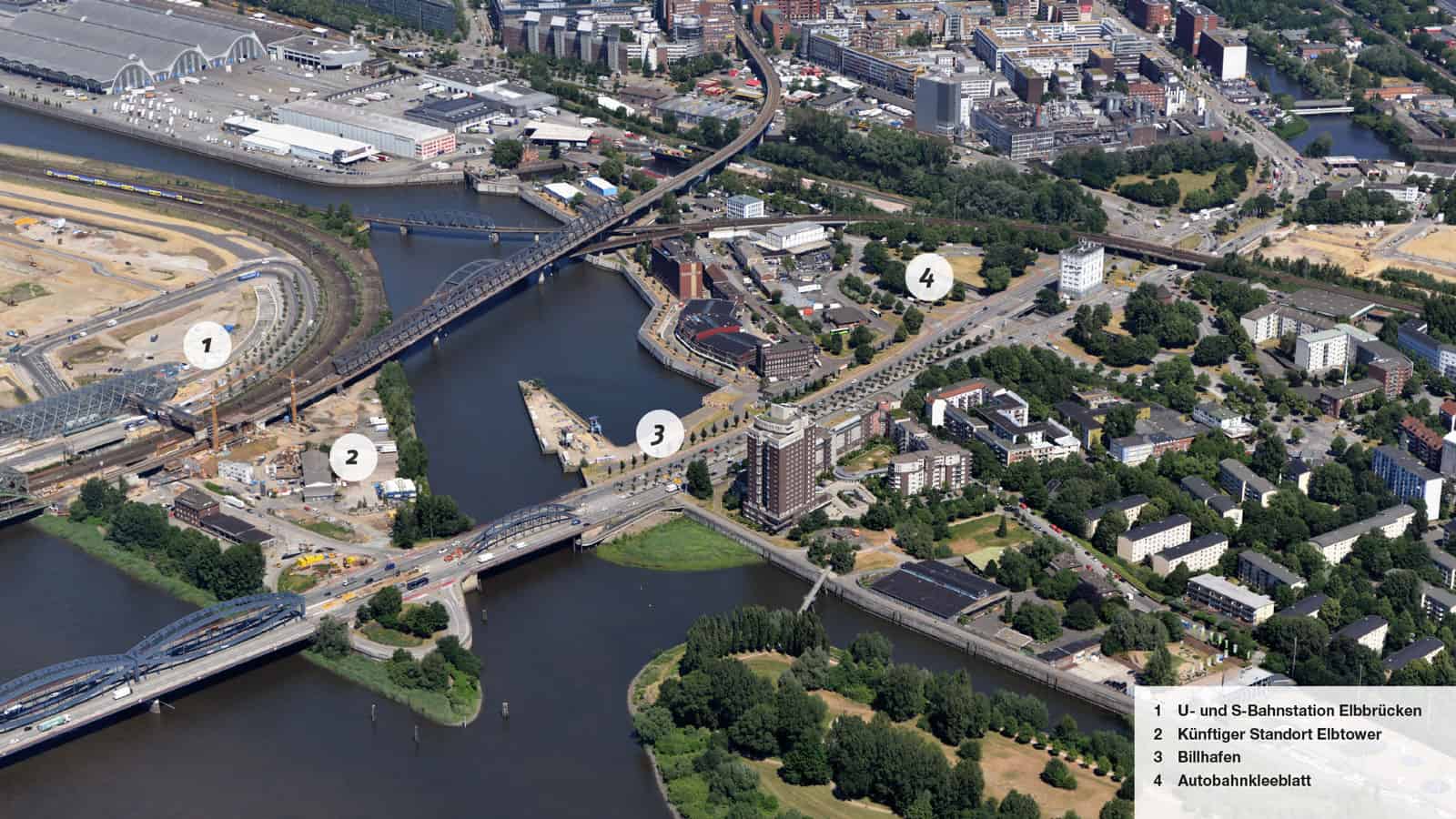
The construction of Elbbrücken in Hamburg in 1878 heralded the opening of the first heavy-duty bridge over the Elbe. It was also a symbol of the city’s development into a modern metropolis. The development of Billebogen will combine with the completion of the dynamic HafenCity district (which also adjoins Elbbrücken), the erection of a new landmark building in the shape of the Elbtower and the planned development of Grasbrook on the opposite side of the Elbe to create a fitting southern gateway to central Hamburg for the first time. Up until now, the urban area that extends northeast along Billhorner Brückenstraße to Amsinckstraße has been dominated by a number of transit routes for road and rail traffic. Times are now changing, with projects under way that offer fresh prospects in terms of urban development, transport links, recreational spaces and – last but not least – entirely new urban functions. Cyclists and pedestrians can look forward to enhanced access to neighbouring districts, with the opening of a new hub in the form of the Elbbrücken combined subway and commuter rail station in late 2019 already making an important contribution in this regard. The redevelopment of transport infrastructure that is oversized by modern standards (e.g. the cloverleaf junction on Billhorner Brückenstraße) is also under consideration and would clear space for new office and commercial buildings that would, in turn, create quieter areas suitable for housing.
Neuer Huckepackbahnhof
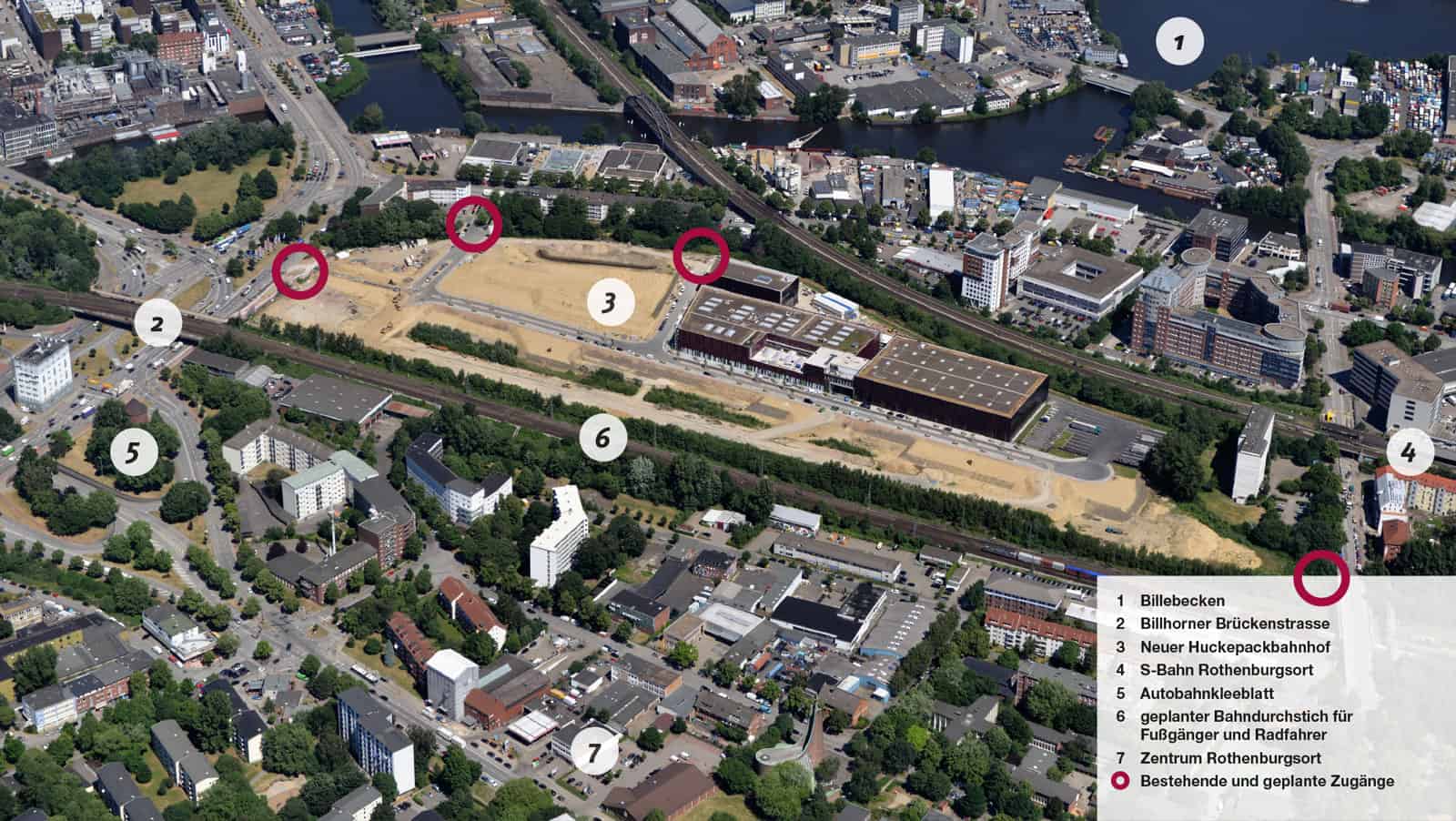
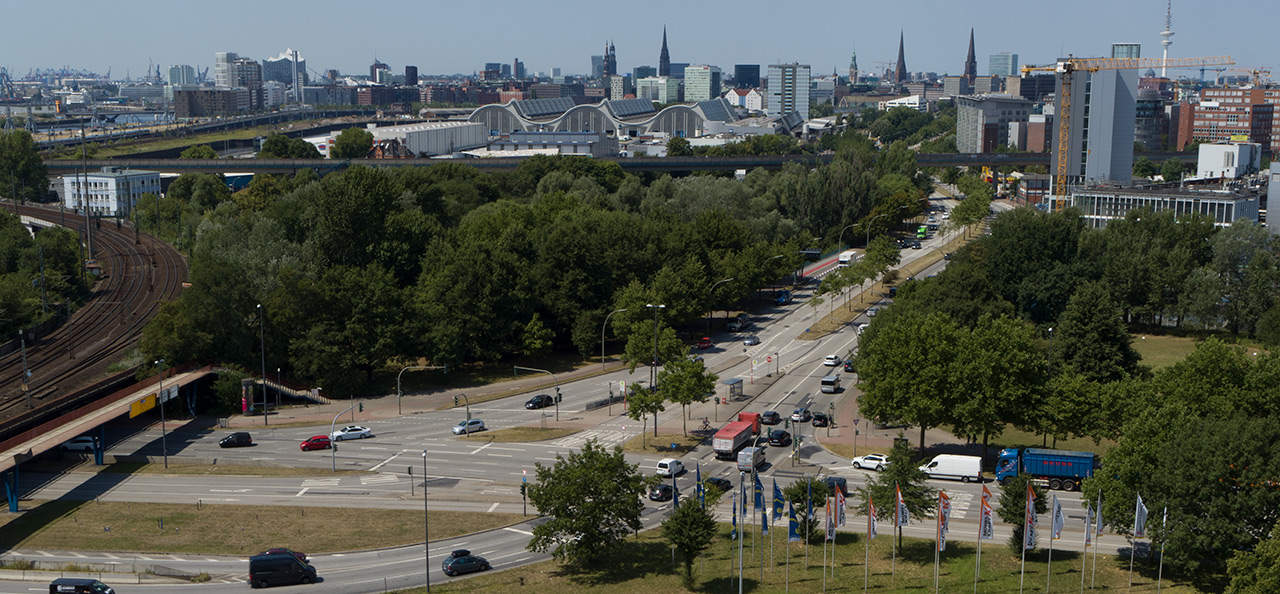
500 metres to Elbbrücken, 2.5 kilometres to City Hall: Businesses in Hamburg can hardly hope to find a more central location for their company headquarters, urban production activities, R&D and much more besides than Neuer Huckepackbahnhof. A multi-pronged accessibility concept foresees not only the connection of the large site with the local public transport network, but also enhanced access for pedestrians and cyclists and the creation of public green spaces.
Billebecken (including former school)
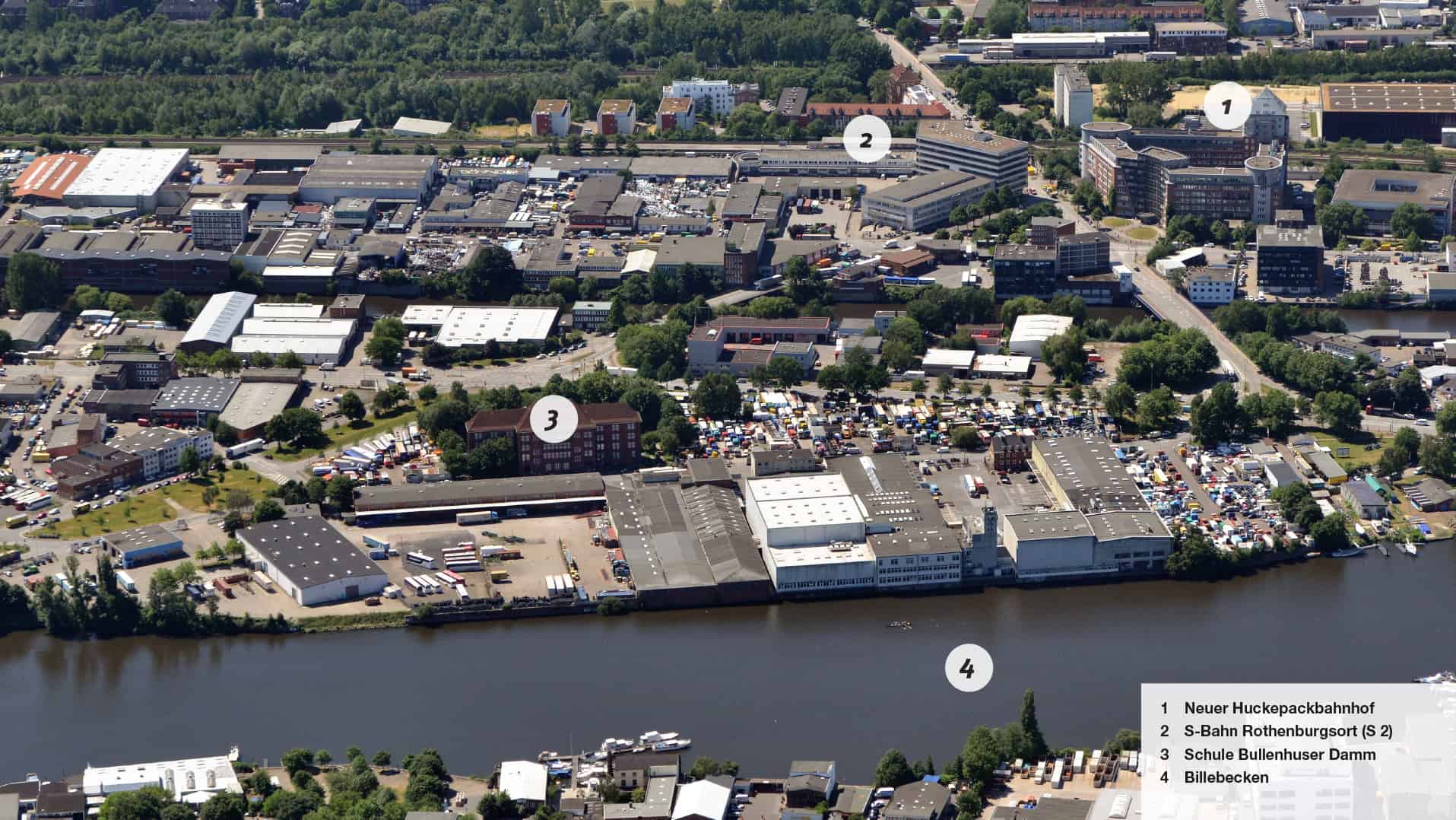
Billebecken in the northeast of Billebogen makes an ideal location for urban production. The local area is already dominated by commercial and industrial activities, some of which nevertheless only create a limited amount of value. The rearrangement of the various plots and the arrival of new businesses would drive growth and positive change in both economic and recreational terms, with enhanced access to the waterfront a key area of focus. As public access and leisure facilities are currently the exception rather than the rule in amongst the various commercial premises, the development project foresees the creation of public waterside zones with a width of around 12 metres. This would enhance the prospects of existing water sports businesses and facilities over the long term.
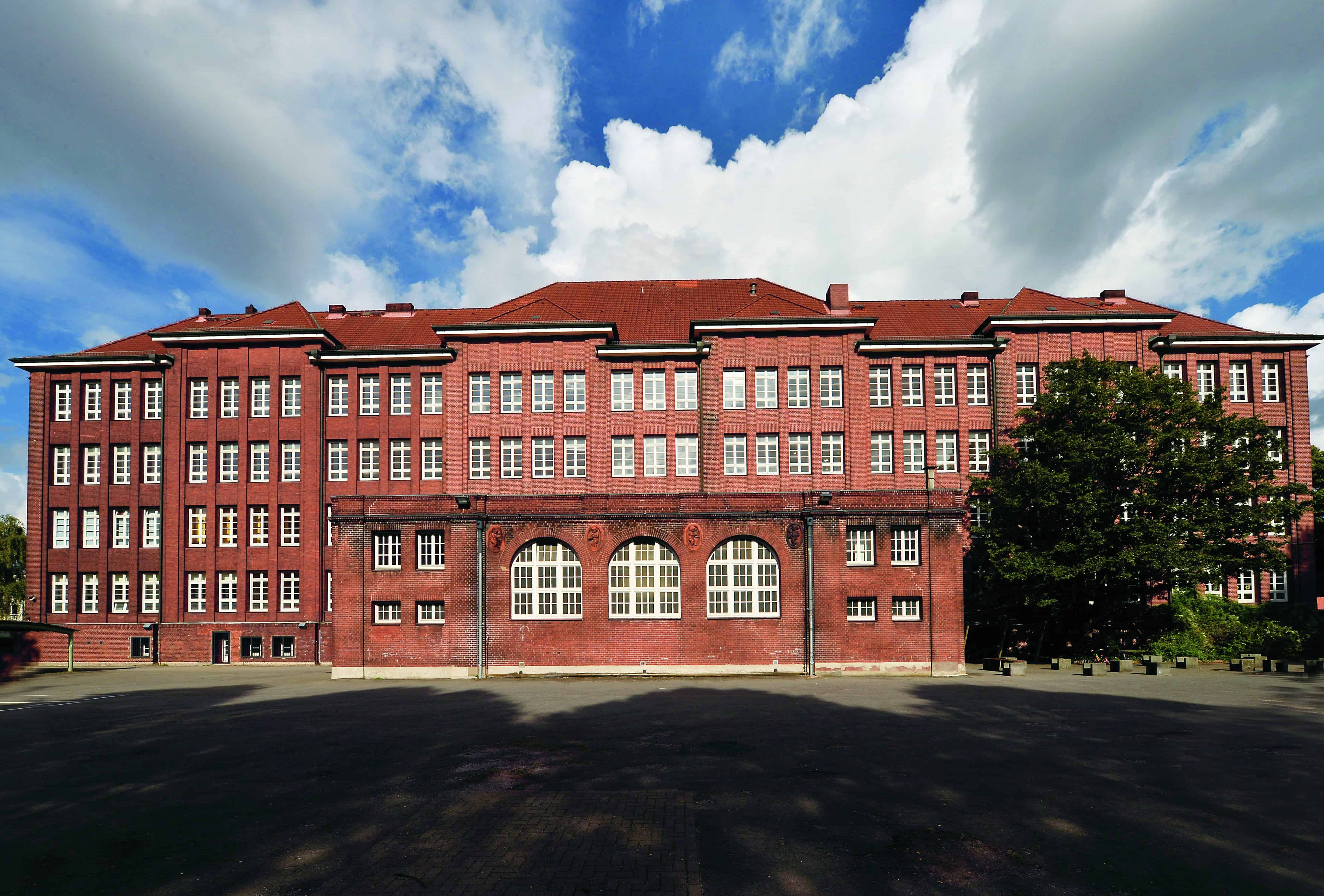
Schule am Bullenhuser Damm: Built by the architect Albert Erbe in 1908-1910, the imposing brick building of this former school is one of Billebecken’s key architectural landmarks. It was used as a subcamp of the Neuengamme concentration camp under National Socialism, and witnessed the murder of 20 Jewish children – who had already been subjected to medical experiments – and 24 adult prisoners by the SS during the night of 21-22 April 1945. The listed building therefore houses a holocaust memorial centre in addition to a children’s day care centre. It is otherwise largely vacant. Working in cooperation with other stakeholders, BBEG is in the process of developing a concept for the use and development of the building that combines a sustainable future with respect for the building’s tragic past. The aim is to include the site in the development of Billebecken in a way that reflects not only its chequered history, but also its potential to become a new, positive landmark within the neighbourhood.